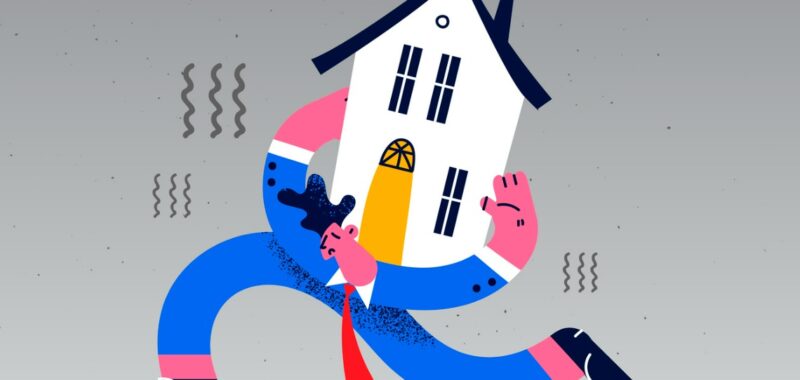The National Association of Home Builders (NAHB)/Wells Fargo Cost of Housing Index (CHI) found that in Q2 2024, a family earning the nation’s median income of $97,800 needed 38% of its income to cover the mortgage payment on a median-priced new home. The median price of a new home in Q2 was $412,300 vs. the $422,100 price for a median existing home, therefore the share of income needed to buy a typical existing home was higher, at 39%.
“With the nation facing a housing affordability crisis, additional, attainable housing supply is the only way to sustainably ease housing cost burdens for American families,” said NAHB Chairman Carl Harris. “NAHB’s 10-point plan to tackle the housing affordability crisis gets at the heart of the problem, which is addressing impediments such as excessive regulations, inefficient zoning local zoning rules and permitting roadblocks that prevent builders from increasing the nation’s housing supply.”
The CHI also found that low-income families, NAHB stated, defined as those earning only 50% of the median income, would have to spend 77% of their earnings to pay for a median-priced new single-family home in the second quarter.
The index debuted in Q1 2024, and NAHB stated there was no change in the percentage of a family’s income needed to purchase a new home (38%) between Q1 and Q2, and the income percentage for low-income families remained the same in both quarters as well (77%).
However, those seeking to purchase existing homes in the U.S. found their costs rising in the second quarter, a release noted. A typical family needed 39% of their income to pay for a median-priced existing home in the second quarter, up from 36% in the first quarter. A low-income family needed 79% of their income vs. 71% in the previous quarter.
“While interest rates are expected to gradually move lower in the coming quarters, home price growth will likely slow as inventory levels rise and prospective buyers continue to experience challenging affordability conditions,” said NAHB Chief Economist Robert Dietz.
NAHB also found that in 14 out of 176 markets in Q2, the typical family is severely cost-burdened (must pay more than 50% of their income on a median-priced existing home). In 89 other markets, such families are cost-burdened (need to pay between 31% and 50%). There are 73 markets where the CHI is 30% of earnings or lower.
The top 5 most cost-burdened markets
NAHB found that San Jose-Sunnyvale-Santa Clara, California, was the most severely cost-burdened market on the CHI during the second quarter, where 94% of a typical family’s income is needed to make a mortgage payment on an existing home. This was followed by:
- San Francisco-Oakland-Berkeley, California (79%)
- San Diego-Chula Vista-Carlsbad, California (76%)
- Urban Honolulu, Hawaii (76%)
- Naples-Marco Island, Florida (74%)
Low-income families would have to pay between 147% and 188% of their income in all five of the above markets to cover a mortgage.
The top 5 least cost-burdened markets
By contrast, NAHB found that Decatur, Illinois, was the least cost-burdened markets on the CHI, where families needed to spend just 15% of their income to pay for a mortgage on an existing home. Rounding out the least burdened markets are:
- Cumberland, Maryland-West Virginia (17%)
- Springfield, Illinois (18%)
- Elmira, New York (18%)
- Peoria, Illinois and Binghamton, New York (tied at 19%)
Low-income families in these markets would have to pay between 30% and 39% of their income to cover the mortgage payment for a median-priced existing home.
Visit nahb.org/chi for the full data tables and details.

